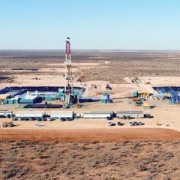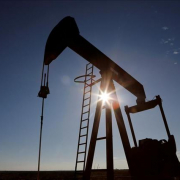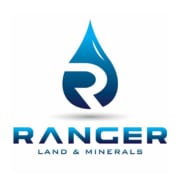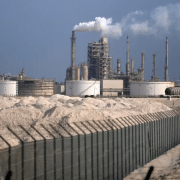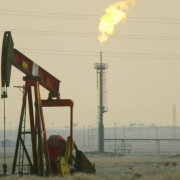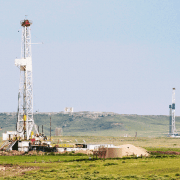The Wall Street Journal reports that ExxonMobil, (NYSE: XOM), and Pioneer Natural Resources, (NYSE: PXD) are in preliminary discussions about a permian mega deal merger. There has been a good bit of M&A activity the last year or so in shale country. Quite a bit of which was in the Eagle Ford play in South Texas. I have discussed this activity in a couple of recent OilPrice articles, here, and here. Now it appears the liquids rich Midland, sub-basin of the massive Permian basin is drawing the acquisitive eye of companies looking to bulk up their acreage footprint. There have been some smaller deals focusing on the Midland basin over the last six months. Examples would be Diamondback Energy’s pick up of Firebird Energy last fall and early this year, a buyout of Lario Oil and Gas’ interests in the Permian.
It was clear that the late 2022 lull in M&A activity was coming to an end when news broke last week, that megadeal might be in the works for the Midland basin’s, and indeed the entire Permian basin’s largest producer, Pioneer Natural Resources
Click here to read the full article
Source: Oil Price
If you have further questions about the topic related to this Permian Mega Deal, feel free to contact us here.

